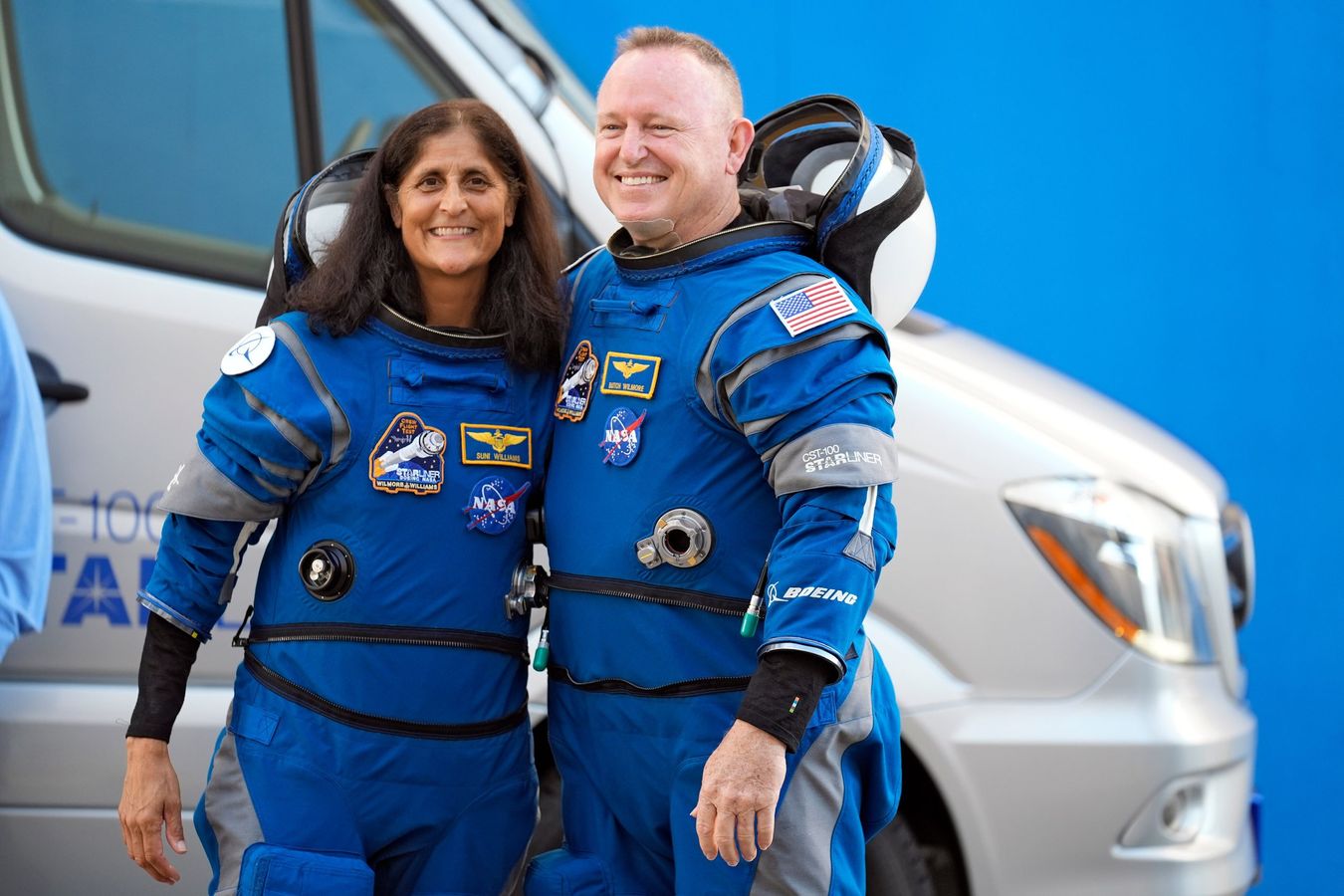
Sunita Williams faces potential bone loss in space as NASA's 9-day mission extends to 52 days and beyond due to issues on Boeing Starliner
Produced by: Tarun Mishra


Extended Mission Duration
NASA astronaut Sunita Williams, along with Barry Wilmore, remains at the International Space Station (ISS) due to ongoing issues with their spacecraft. Originally scheduled for a return on June 14, the date was then pushed to June 26, and further delays have occurred.

Technical Issues
The spacecraft’s return was delayed after a helium leak was detected in the service module, which supports spacecraft operations. The Starliner arrived at the ISS on June 6, but the issue has led to an extended stay in space for the astronauts.

Health Effects of Microgravity
Prolonged exposure to microgravity has several impacts on astronaut health. Fluid redistribution causes facial puffiness and decreased fluid volume in the legs, which can affect cardiovascular function and blood pressure regulation upon return to Earth.

Musculoskeletal Changes
The absence of gravity results in muscle atrophy and bone loss. Astronauts experience a rapid decrease in muscle mass and bone density, similar to osteoporosis. Despite exercise routines, some bone loss is inevitable during extended missions.

Urinary System Impact
Fluid shifts and altered metabolism in microgravity can increase the risk of kidney stones due to higher calcium concentrations in urine. Changes in hormone levels and gut microbiota composition also affect nutrient absorption and overall health.

Sensory and Balance Adjustments
Microgravity affects spatial orientation, balance, and eye-hand coordination. Space Motion Sickness (SMS), characterized by nausea and disorientation, is common during the initial days in orbit but usually resolves as astronauts acclimate.

Visual Impairments
Prolonged space missions can lead to visual impairments, such as hyperopic shift and optic disc edema. These issues are linked to changes in intracranial pressure and fluid distribution in the brain and eyes, with ongoing research into their mechanisms.

Radiation Exposure Risks
Astronauts face higher radiation levels in space compared to Earth, increasing the risk of DNA damage and cancer. Space agencies implement strict radiation limits and monitoring to manage these risks and protect astronaut health. Space agencies employ exercise regimes, nutritional monitoring, and medical surveillance to address these health challenges and improve our understanding of the effects of long-duration space missions.